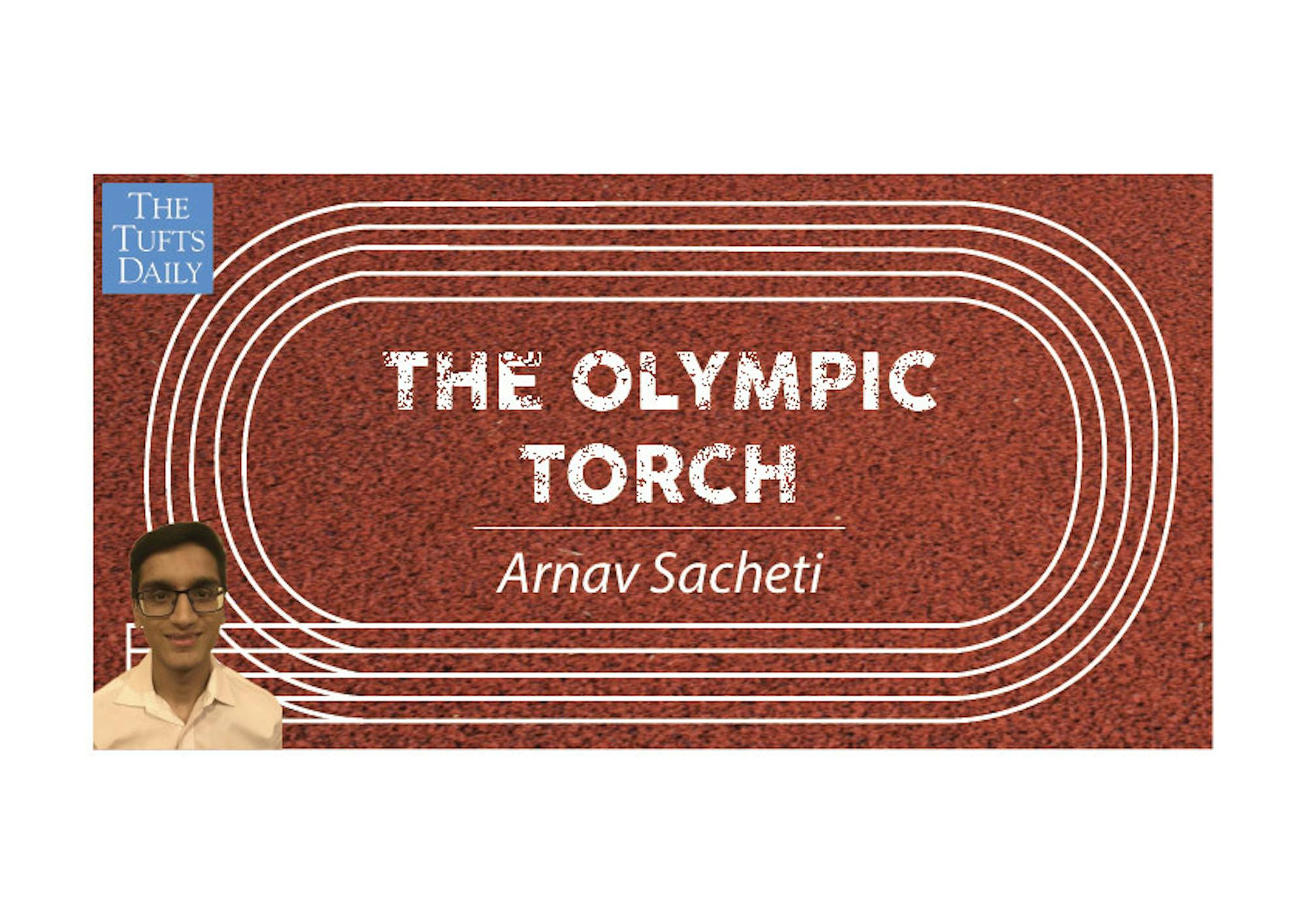“Who wants to work this hard to look this funny?”
That quote is a motivating mantra for Steve DiBernado, head of Club NorthWest Racewalking in Portland, Ore. That’s because he has spent his life embodying the answer to that well-meaning, but ultimately sarcastic and disparaging quote. Working hard while looking funny in race walking has led DiBernardo to international fame and recognition. DiBernardo is just one example of the rich history of a seemingly insane, but long-standing sport.
Race walking is almost exactly what you think it is. Participants compete to see who walks a specified distance the fastest. However, if you thought you could jump into the international race walking scene because you have a lot of experience walking quickly to high school English class before the bell, you are sorely mistaken.
According to the rules of competitive race walking, an athlete is required to maintain one foot on the ground at all times while monitored by race judges for correct form. This is incredibly difficult to maintain at high speeds and requires a lot of practice, precision and physical exertion. The fastest race walkers can maintain form and click off 6:30-minute miles during a long-distance walk, which is almost nine mph and three times faster than normal human walking speed.
Race walking has deep-rooted origins and a long-standing culture. The idea for race walking got its start in the late 19th century during the Victorian era, when high-class individuals who rode horses would bet on which of their footmen — who would walk with them — could walk the fastest. Soon, this evolved into an official sport originally termed “pedestrianism,” with large crowds watching sometimes week-long races and betting on winners.
With this level of fanfare and a fervent backing from powerful people during the Victorian era, race walking made its Olympic debut as a stand-alone sport in 1908. Starting out with only a 20 km race for men, today’s Olympic broadcast now features a women’s 20 km race and men's 20 km and 50 km races. Mexico, China and Italy feature some of the best race walkers, having won more Olympic medals than any other nations.
Over the sport’s more than a century of existence, athletes have discerned specific strategies to gain an advantage over their competition. Most high-level racewalkers use a technique called “Elvis-like hips,” in which they rotate their hips 20 degrees as they take each step. This movement optimizes energy while walking and can even generate faster times than some marathon runners.
Another strategy is slightly out of bounds: Although athletes are supposed to keep at least one foot on the ground at all times, they sometimes don’t follow this rule. At the risk of getting caught and being disqualified, the goal is to generate higher speeds. Unlike most modern sports, racewalking still does not use technology to make violation decisions; instead, it relies on the judge’s eyes. Since the human eye’s reaction time is around 0.6 seconds, if both feet are off the ground for 0.6 seconds or less, they won’t get caught, giving these athletes an advantage that can add up significantly over long distances.
After you’re finished reading this and get up to walk, I urge you to be more conscious about how you do it. Maybe with this inside information, you could be the next great Olympic champion.






